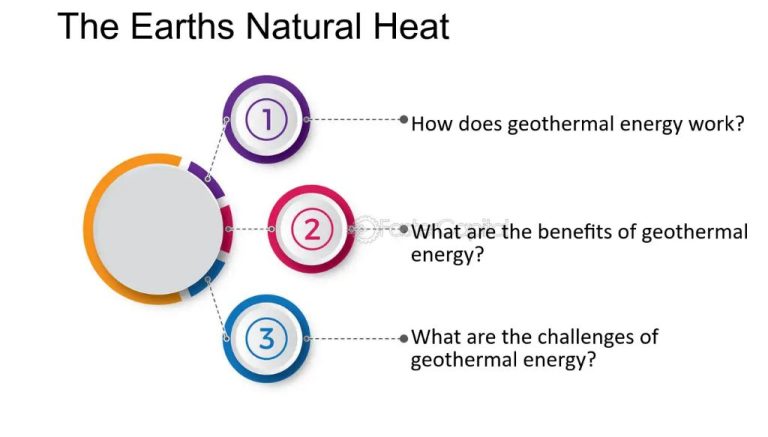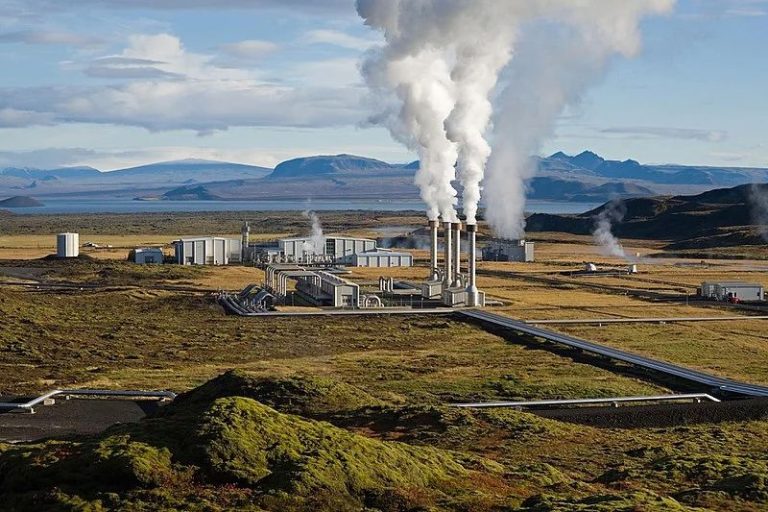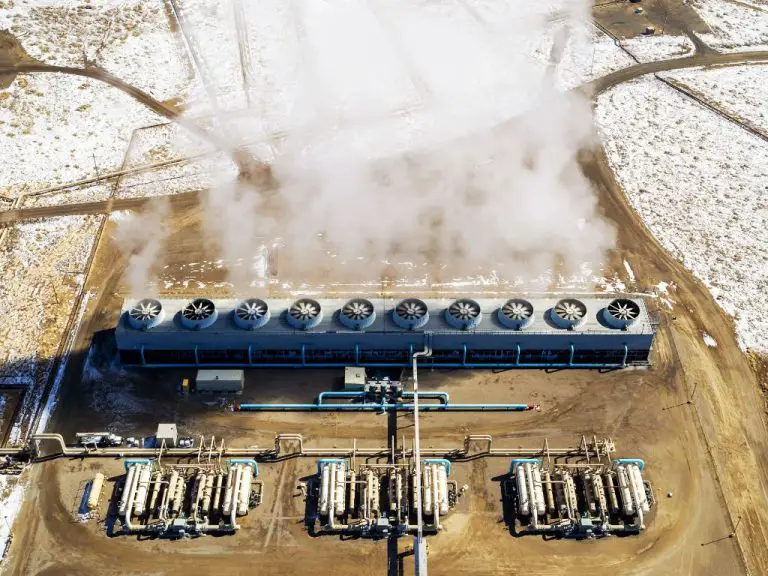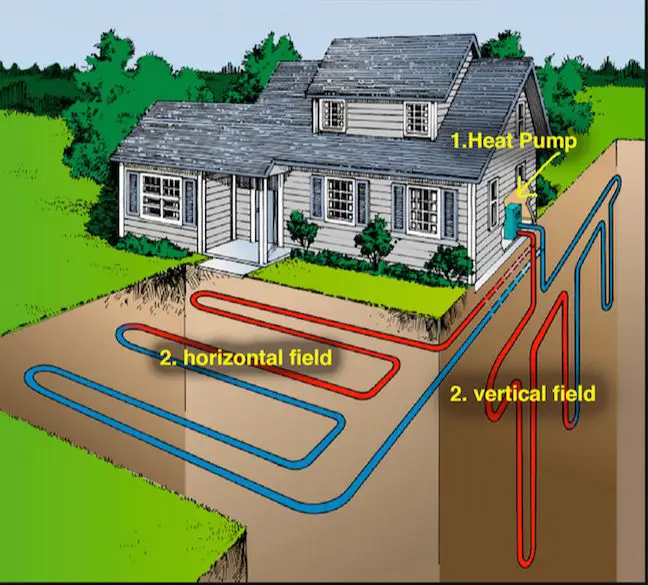How Many Megawatts Is Geothermal Power?
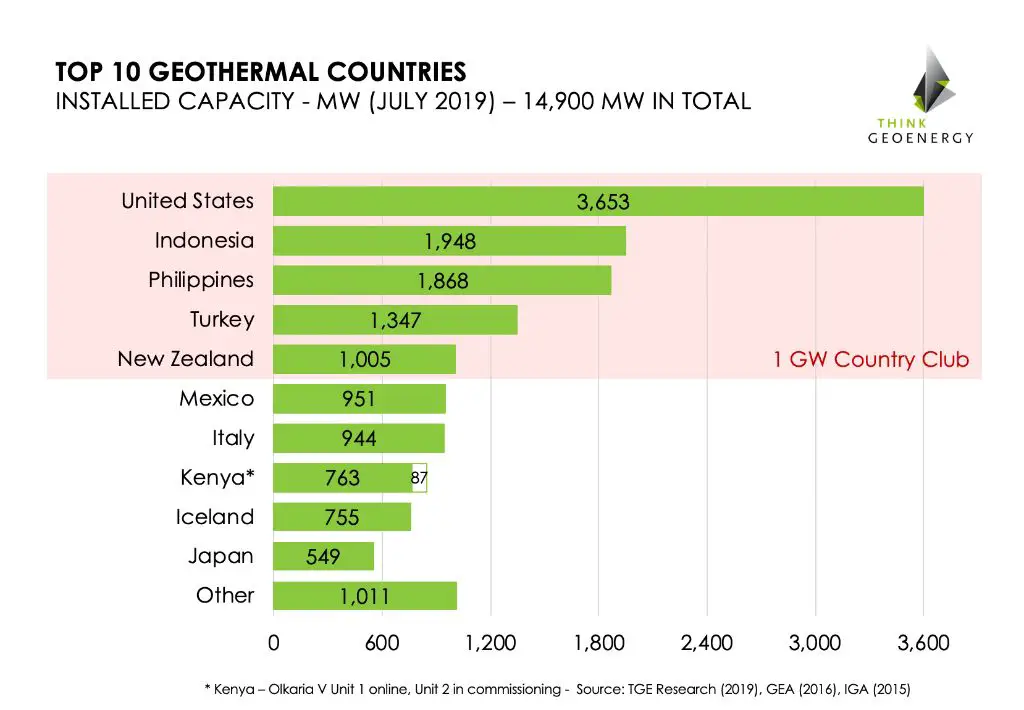
Geothermal power is electricity generated from geothermal energy, which is heat from within the Earth. Geothermal power plants tap into reservoirs of hot water found underground and use that heated water to produce steam to drive generators and generate electricity. The hot water can also be used directly for heating applications. Geothermal power is considered a renewable energy source because the water is replenished by rainfall and the heat is continuously produced by the Earth’s internal processes.
Geothermal energy has seen significant growth as a power source in recent decades, thanks to advances in technologies like binary cycle power plants and enhanced geothermal systems. The installed global geothermal power capacity has increased from around 10 GW in 2005 to around 14 GW in 2020. While growth has slowed somewhat from its earlier rapid pace, geothermal power remains an attractive option for baseload and renewable power generation, especially in geographically suitable regions.
Geothermal Power Capacity
In 2020, the global geothermal power capacity was around 14.5 gigawatts (GW) according to Statista. This represents a doubling of capacity over the past decade, from around 7 GW in 2009. The installed geothermal capacity has been steadily rising over the years, reaching over 12 GW in 2017 and surpassing 14 GW in 2019 before the slight drop in 2020. The leading countries in geothermal capacity are the United States, Indonesia, and the Philippines, which together account for over 50% of global capacity.
Geothermal Power Plants
Geothermal power plants generate electricity by extracting hot water or steam from geothermal reservoirs underground. The geothermal fluid is brought up to the surface through production wells. Once at the surface, the hot fluid or steam then passes through a power plant where it spins turbine generators to produce electricity. There are three main types of geothermal power plants:
Dry steam plants use steam piped directly from underground wells to turn turbines. The first geothermal power plant built in 1904 at Larderello, Italy was a dry steam plant.
Flash steam plants take hot water from geothermal reservoirs and allow it to flash into steam to spin turbine blades. Flash steam plants are the most common geothermal power plants in operation today.
Binary cycle power plants transfer the heat from geothermal hot water to another liquid. The secondary liquid boils at a lower temperature than water, so it flashes to vapor more easily to drive the turbines. Binary cycle plants are closed-loop systems with minimal emissions.
After the hot geothermal fluid is used, it is injected back into the reservoir to be reheated and reused. Geothermal power plants provide reliable baseload power with capacity factors over 90% in some cases. The modular nature of geothermal plants also allows additional generating units to be added over time as more resources are developed.
Geothermal Resources
There are three main types of geothermal resources that can be used for power generation:
-
Hydrothermal resources – These contain hot water or steam that occurs naturally in underground reservoirs. The steam from hydrothermal reservoirs can be used directly to drive turbine generators. Examples include The Geysers in California and Kakkonda in Japan. [1]
-
Enhanced Geothermal Systems (EGS) – These involve injecting fluid into hot rocks to create a geothermal reservoir. The fluid transfers heat from the rocks as it travels through fractures and pores in the rock. This heated fluid is then extracted and used to produce electricity. EGS has the potential to greatly expand geothermal capacity.[2]
-
Geopressured resources – These contain hot brine under pressure. The heat and pressure can be used to drive turbine generators. An example is the Pleasant Bayou well in Texas.[1]
Of these, hydrothermal resources currently account for the vast majority of geothermal power generation globally. However, EGS holds great potential for growth in the future.
[1] https://www.energy.gov/eere/geothermal/geothermal-basics
[2] https://www.nrel.gov/research/re-geo-elec-production.html
Largest Geothermal Plants
The largest geothermal power plants in the world are primarily located in the United States, Italy, and Indonesia. According to Statista, the largest geothermal power plant is The Geysers in California, United States, with a capacity of 1,517 MW. The Geysers has been in operation since 1960 and consists of 22 power plants across 45 square miles. It produces enough electricity to power one million homes.
The second largest geothermal power plant is the Larderello complex in Italy. Larderello has an installed capacity of 1,000 MW across 34 power plants and has been operating since 1904, making it one of the oldest geothermal energy sites. The Larderello complex alone produces 10% of all of Italy’s electricity needs.
Other major geothermal plants include the Wayang Windu plant in Indonesia with 227 MW capacity, the Kamojang plant in Indonesia with 200 MW, and the Cerro Prieto plant in Mexico with 720 MW. Most of the top 10 largest geothermal plants in the world are located along the Pacific Rim in countries with substantial geothermal resources.
According to Wikipedia, as of March 2022 there were over 90 geothermal power plants worldwide with capacity over 100 MW, demonstrating the growing scale and capacity of geothermal power.
Geothermal Capacity by Country
The United States leads the world in geothermal power capacity, followed by Indonesia, the Philippines, Turkey, and New Zealand.[1] Here is a breakdown of the top geothermal power generation countries in recent years:
In 2023, the top geothermal countries were:[2]
- United States – 3,900 MW
- Indonesia – 2,418 MW
- Philippines – 1,916 MW
- Turkey – 1,500 MW
- New Zealand – 1,005 MW
In 2021, the top five were:[3]
- United States – 3,774 MW
- Indonesia – 2,042 MW
- Philippines – 1,916 MW
- Turkey – 1,500 MW
- New Zealand – 1,005 MW
The United States has the largest geothermal capacity and leads the world. Indonesia, the Philippines, Turkey, and New Zealand round out the top five countries for geothermal power generation globally.
Future Outlook
Projections indicate significant growth for geothermal capacity in the coming decades. According to the U.S. Department of Energy, analysis from GeoVision found that geothermal electricity generation has the potential to increase at least 26-fold by 2050 [1]. The International Renewable Energy Agency (IRENA) also predicts rapid expansion, with installed capacity projected to grow from around 16 GW in 2020 to almost 60 GW by 2030 [2].
In the U.S. specifically, the Geothermal Energy Association (GEA) expects geothermal power to reach 4.5 GW by 2025. This represents 150% growth from 2020 installed capacity. GEA’s projections show geothermal energy doubling its share of total U.S. electricity generation to 1.5% by 2025 [3]. With supportive policies and sustained investment, the industry has significant potential for further deployment.
Benefits
Geothermal power provides several key benefits compared to conventional power sources like coal, oil, and natural gas. According to the U.S. Department of Energy (https://www.energy.gov/eere/geothermal/geothermal-faqs), geothermal energy is a clean and sustainable energy source that can be extracted without burning fossil fuels.
Some of the main advantages of geothermal power include:
- It is renewable – Geothermal energy comes from the natural heat inside the Earth, which makes it an essentially unlimited resource.
- It is clean – Geothermal plants emit little to no greenhouse gases or other pollutants.
- It is reliable – Geothermal power plants run consistently 24/7 and are not dependent on variable sources like wind or sunlight.
- It is sustainable – Using geothermal energy does not deplete finite resources and the geothermal reservoirs can last for hundreds or even thousands of years.
- It has a small land footprint – Geothermal plants require less land area than conventional power plants.
- It provides energy independence – Geothermal energy sources are located domestically, reducing reliance on imported fossil fuels.
Overall, geothermal is a highly advantageous energy source that provides emission-free, renewable baseload power with minimal environmental impact. It offers a sustainable long-term solution for meeting energy needs.
Challenges
While geothermal power has several advantages, it also faces some limitations and disadvantages currently. Some of the main challenges with geothermal energy include:
Location constraints – Geothermal power is restricted to areas with adequate underground heat and water access. According to RFF, geothermal energy can only be produced where there are hydrothermal resources available.
Limited suitable geographical areas – There are a limited number of locations worldwide with ideal conditions for generating geothermal power. Areas along tectonic plate boundaries, volcanically active regions, and hot spots like geysers tend to be the most suitable.
Transmission losses – Transporting electricity from geothermal plants to distant areas can result in substantial transmission losses. Geothermal plants are often built far from cities and consumers.
Depleting steam resources – Overuse of geothermal steam reservoirs could potentially deplete the resource over time. Careful reservoir management is needed for long-term sustainability.
High costs – Drilling geothermal wells is an expensive process, especially for enhanced geothermal systems. The front-end costs for geothermal plants are very capital intensive.
Earthquakes – Injecting cold water into hot underground rock can sometimes trigger small earthquakes near geothermal power sites.
Overall, while geothermal power shows promise, its potential is restricted globally by geographical limitations and substantial costs. More research and development is needed to expand feasible locations and improve technologies.
Conclusion
Geothermal power taps into the natural heat inside the Earth to generate electricity, offering a clean, renewable energy source with a number of advantages. While geothermal accounts for only about 0.3% of U.S. electricity production, there is over 2,000 times more energy available than the country’s total annual energy use. The current global geothermal power capacity is around 15 GW, but most experts agree there is massive potential for growth. If challenges like high upfront costs and finding ideal sites can be overcome, geothermal could play a major role in the world’s energy mix as countries continue moving away from fossil fuels. With the right policies and investment, geothermal has the potential to provide reliable baseload power to millions more people worldwide.

